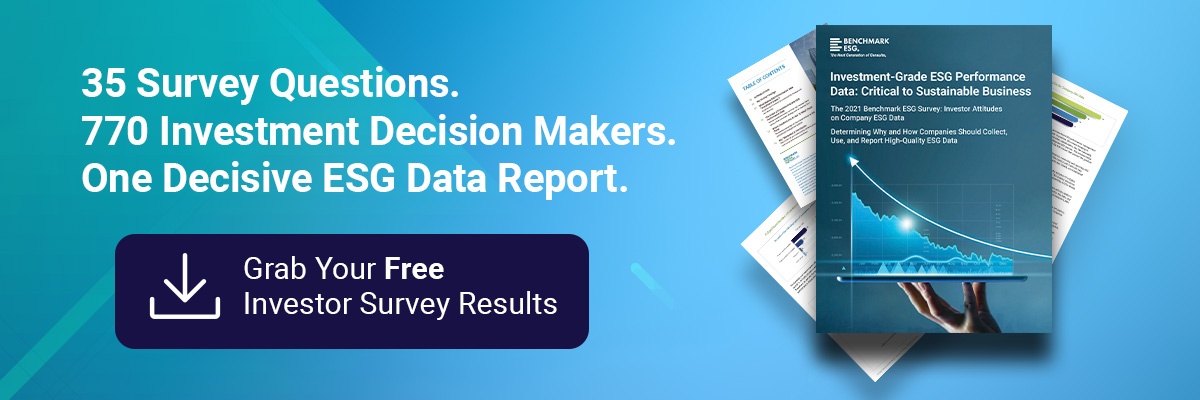The ESG disclosure landscape here in the US is proving as dynamic as ever, particularly on the regulatory front. Most recently, as numerous outlets have reported in the last few days, the rumors that the U.S. Securities and Exchange Commission may walk back the value chain components of its proposed corporate #climaterisk disclosure rule are proving increasingly credible.
At face value, this news gives cause for concern. Companies’ Scope 3 emissions and other value chain climate risks often comprise the majority of their total greenhouse gas footprint. And without direct ownership, control, or insight into these upstream and downstream climate risks, companies face significant obstacles in measuring, managing, and disclosing them. Among other outcomes, these circumstances risk underreporting by companies, a phenomenon the SEC’s rules are designed to address.
However, there’s reason for optimism yet, especially when taken with the news that the SEC has recently reopened the public comment period for its proposed “Enhancement and Standardization of Climate-Related Disclosures for Investors” rulemaking.
Judging by the proposed rules’ text, as well as the communications from the Commission, we know that the SEC’s Commissioners appreciate the importance of investment-grade disclosures of companies’ value chain climate risks, both to investors and the wider public. And we can presume that the SEC is hard at work to iron out the kinks in their originally proposed Scope 3 emissions requirements.

This is precisely what Benchmark Gensuite® advocated for in its public comment on the SEC’s proposed rulemaking, filed earlier this year. We urged the SEC to forego a broad-based definition of Scope 3 emissions and value chain climate risk materiality determinations, metrics, and disclosure methodologies. Such an approach runs the risk of inaccurate reporting, and even “double counting” of emissions, thus undermining the decision-usefulness of companies’ disclosures for investors.
Yet even without an explicit requirement to improve their Scope 3 emissions measurement, management, and disclosure competencies, executives can unlock significant operational, financial, sustainability, and reputational outcomes for their organizations. This is partly because these incentives are being confirmed by global stakeholders.
For example, executives that want their corporate decarbonization targets and corresponding pathways to be seen as credible by the capital markets and other stakeholders will need to include Scope 3. This, at least, is what the Science Based Targets initiative requires. The endorsement of the SBTi is contingent upon the inclusion of Scope 3 in enterprise emissions reduction targets, as long as Scope 3 emissions comprise forty percent or more of a companies’ total, financially relevant emissions.
Moreover, the inclusion of Scope 3 in enterprise #ESG disclosures will be required by the recently established International Sustainability Standards Board, a world-leading standards setter for voluntary corporate #sustainability disclosures. And for multinationals, the compulsory disclosure rules advanced by global governments, such as the European Commission’s Corporate Sustainability Reporting Directive (CSRD), will maintain the pressure to improve value chain climate risk measurement, management, and reporting.
Regardless of the circumstances, though, business leaders that want to improve the management and reporting of their organizations’ Scope 3 emissions and other value chain climate risks need not be daunted by the scale and complexity of the task. Because with a strategic approach and adequate technological resources, the path toward complete climate alignment will yield tremendous reward.




